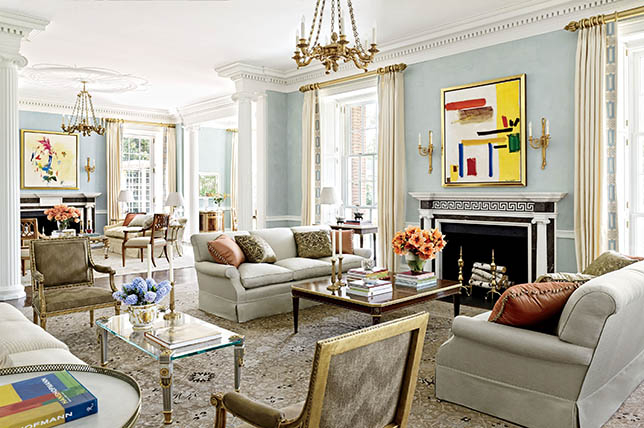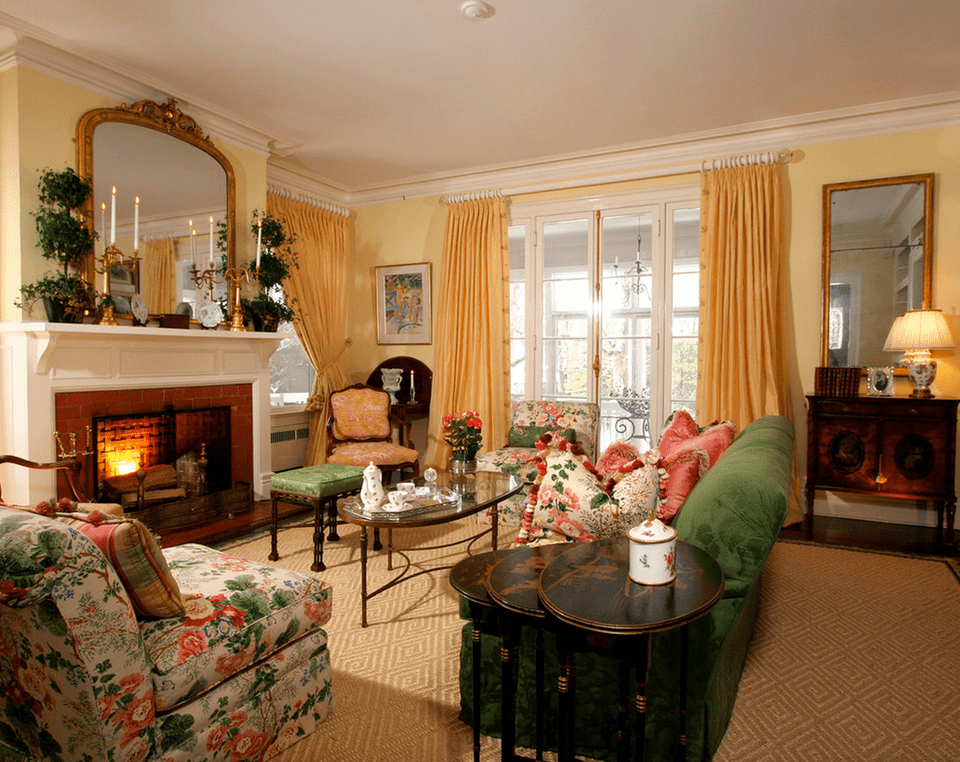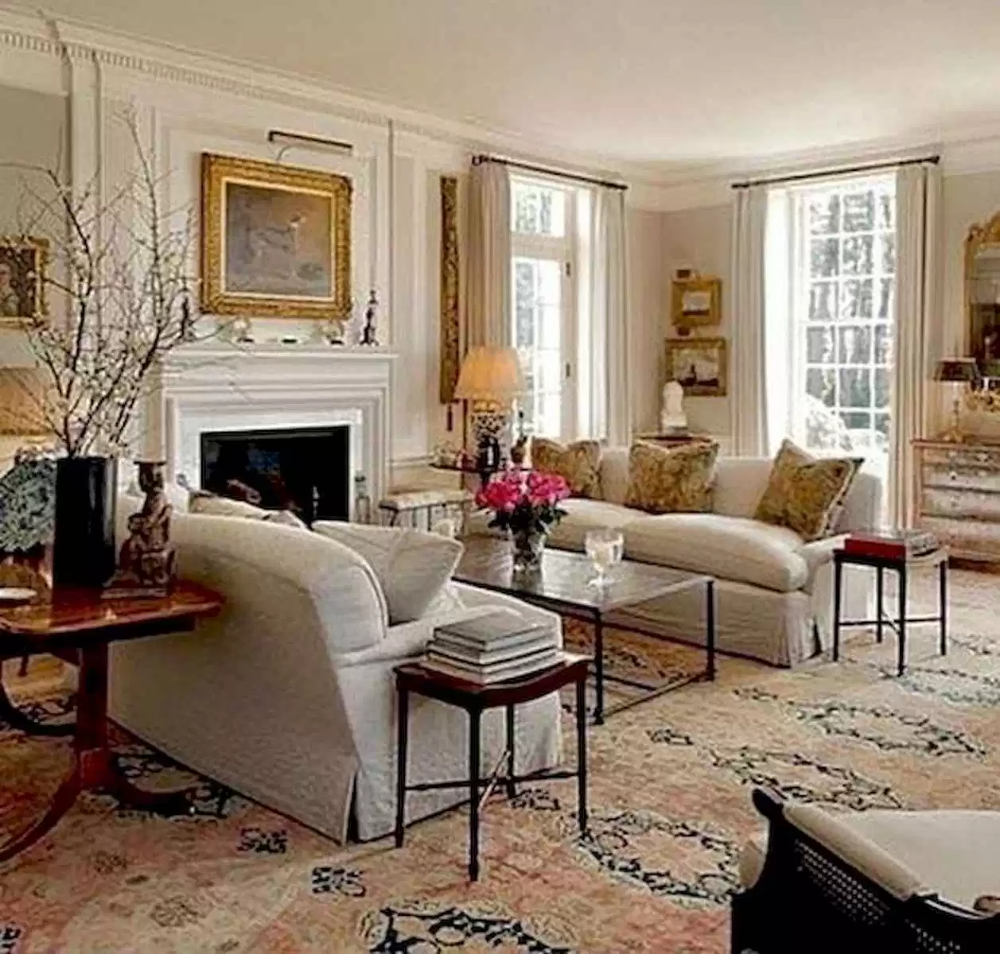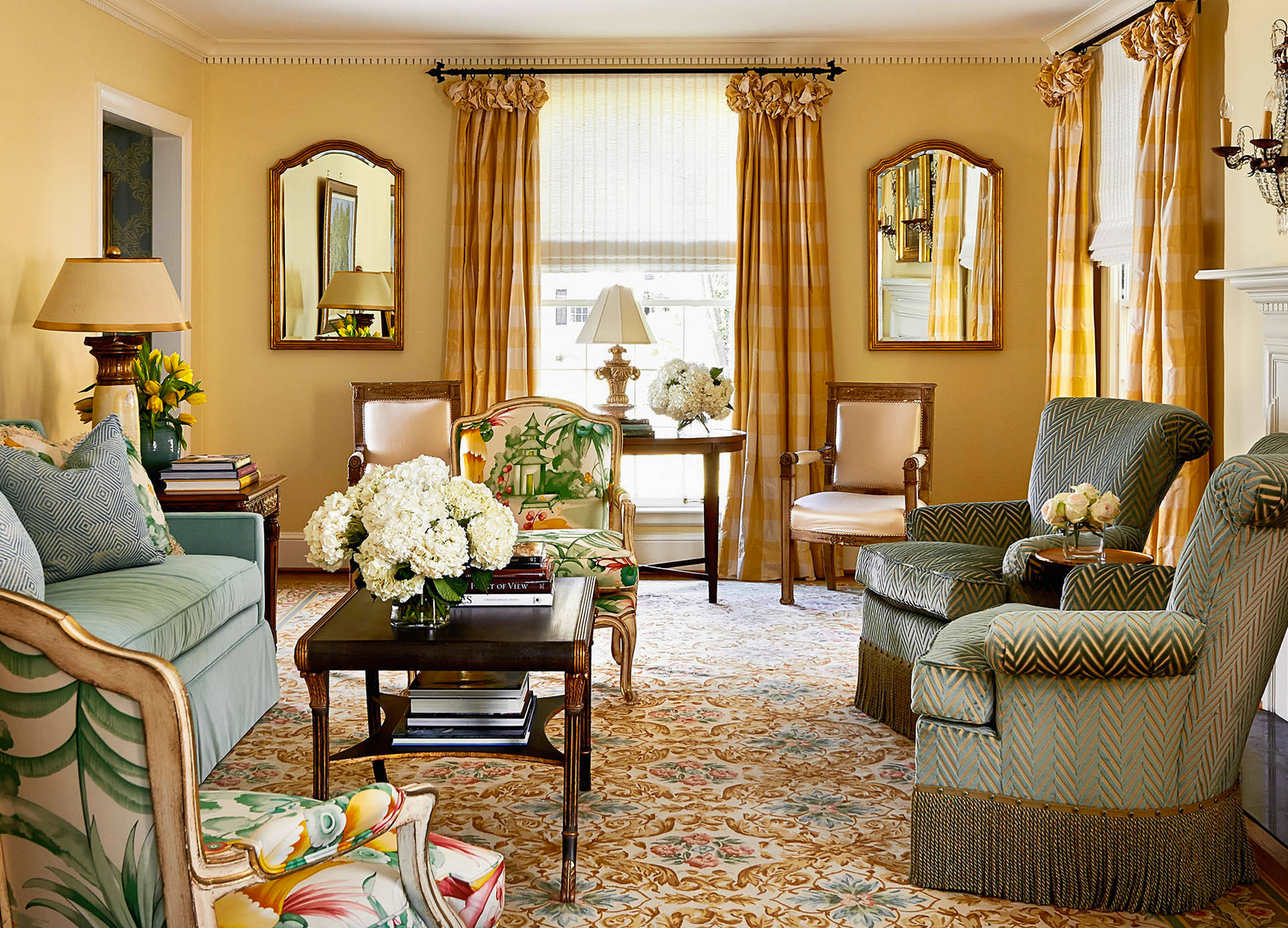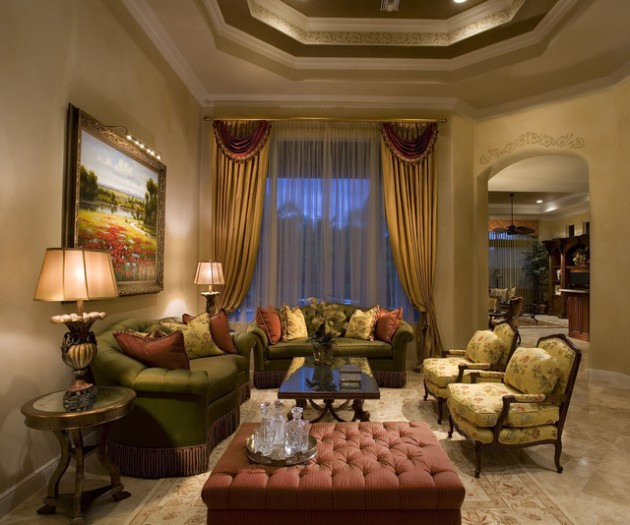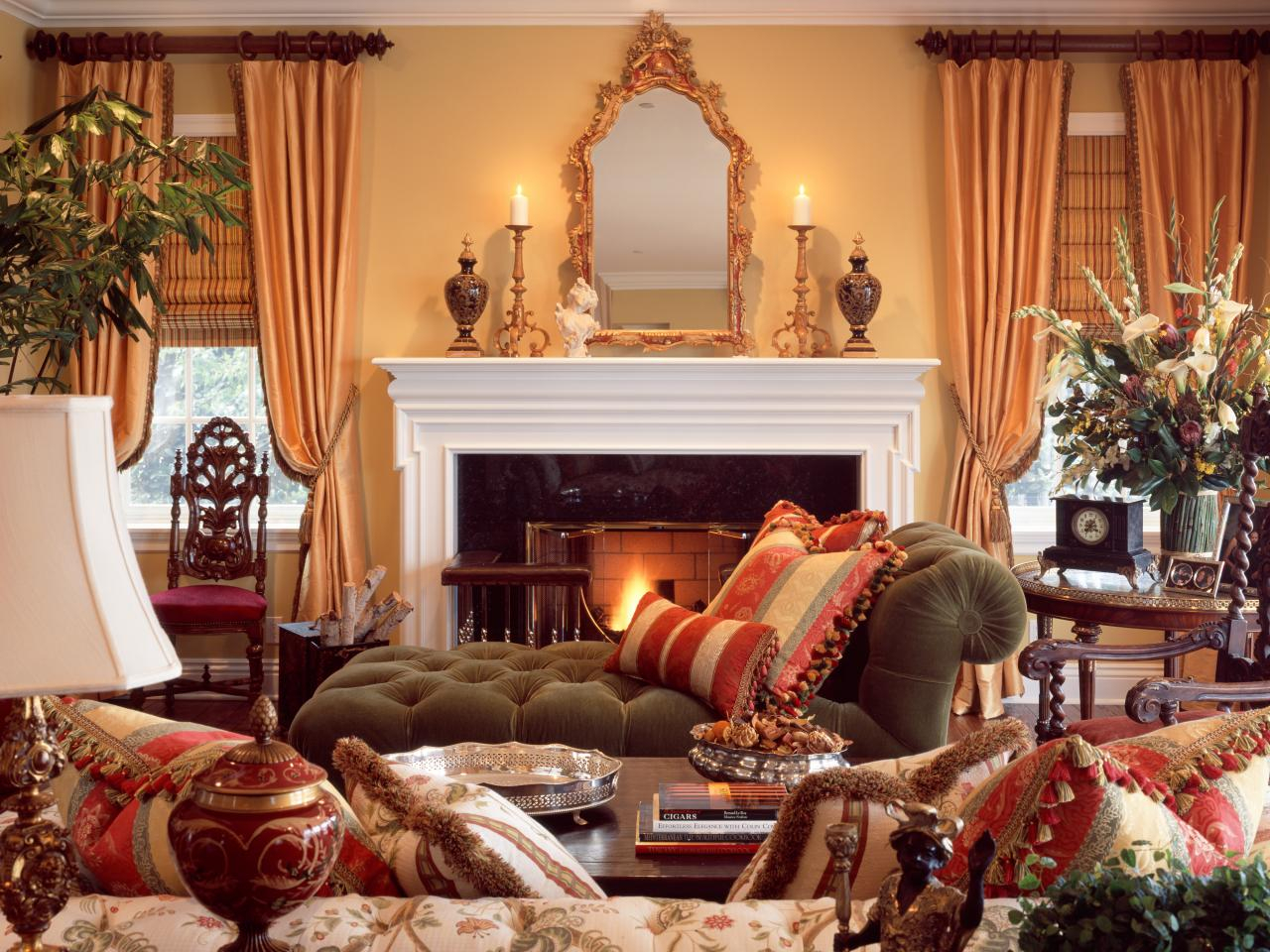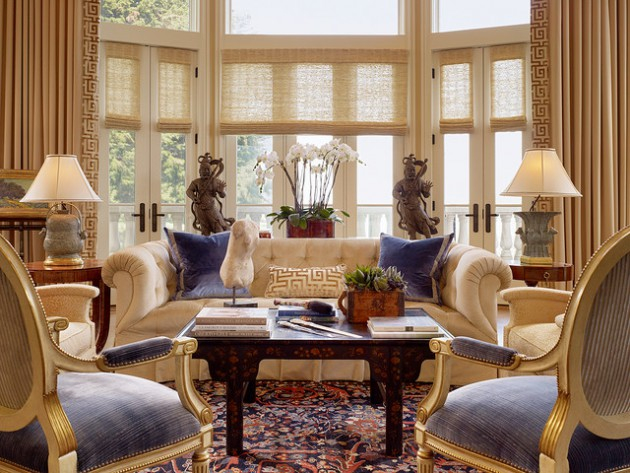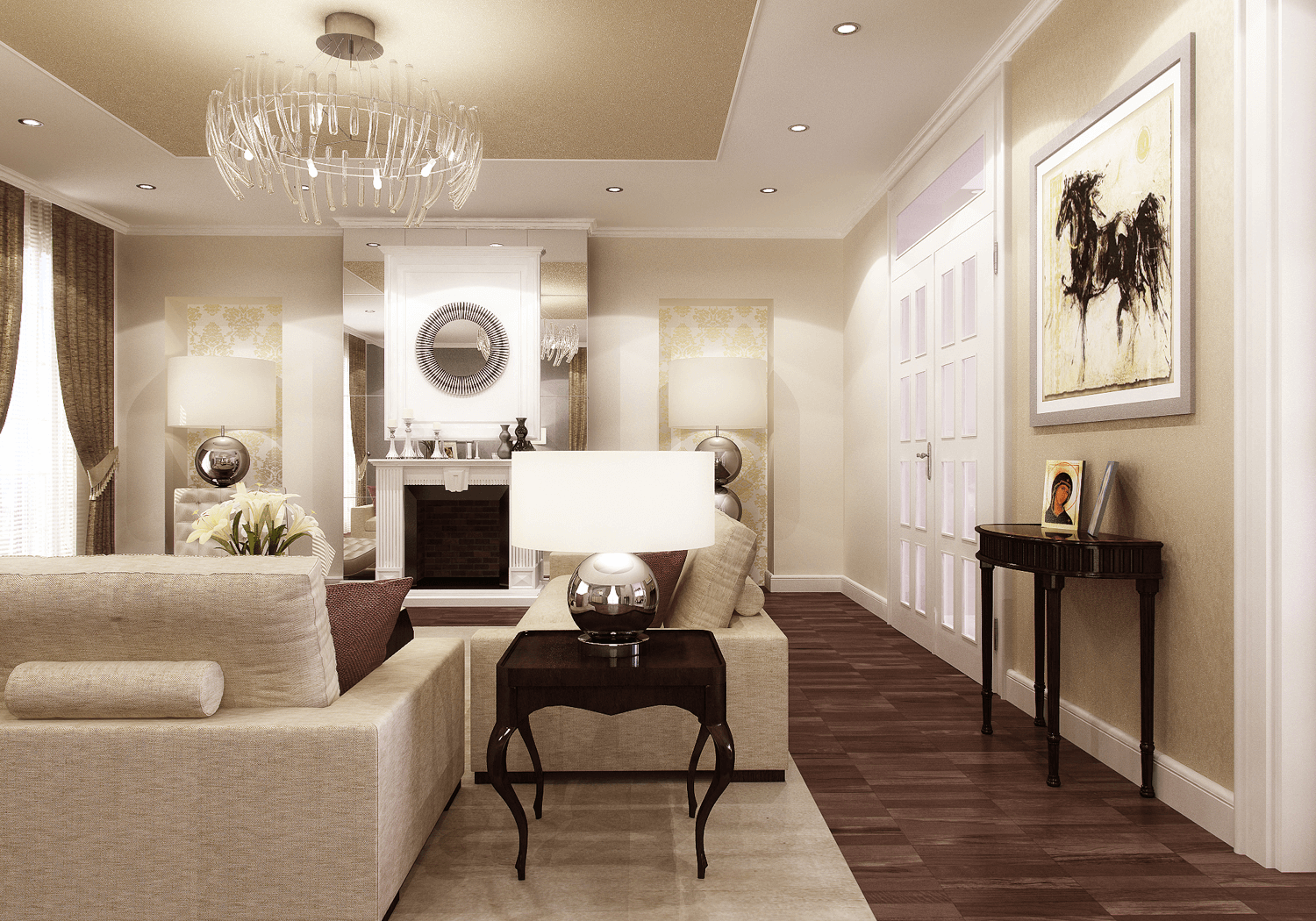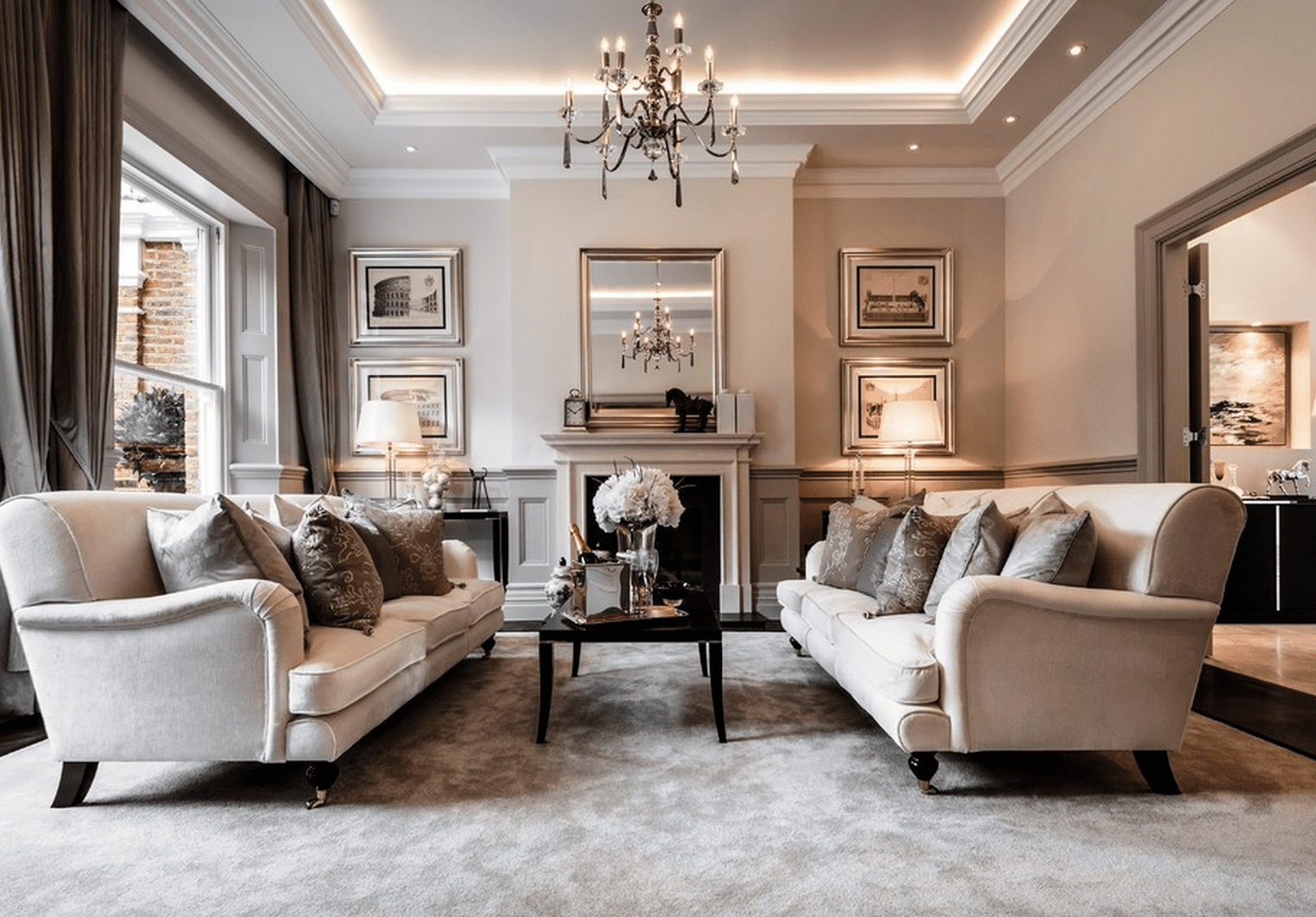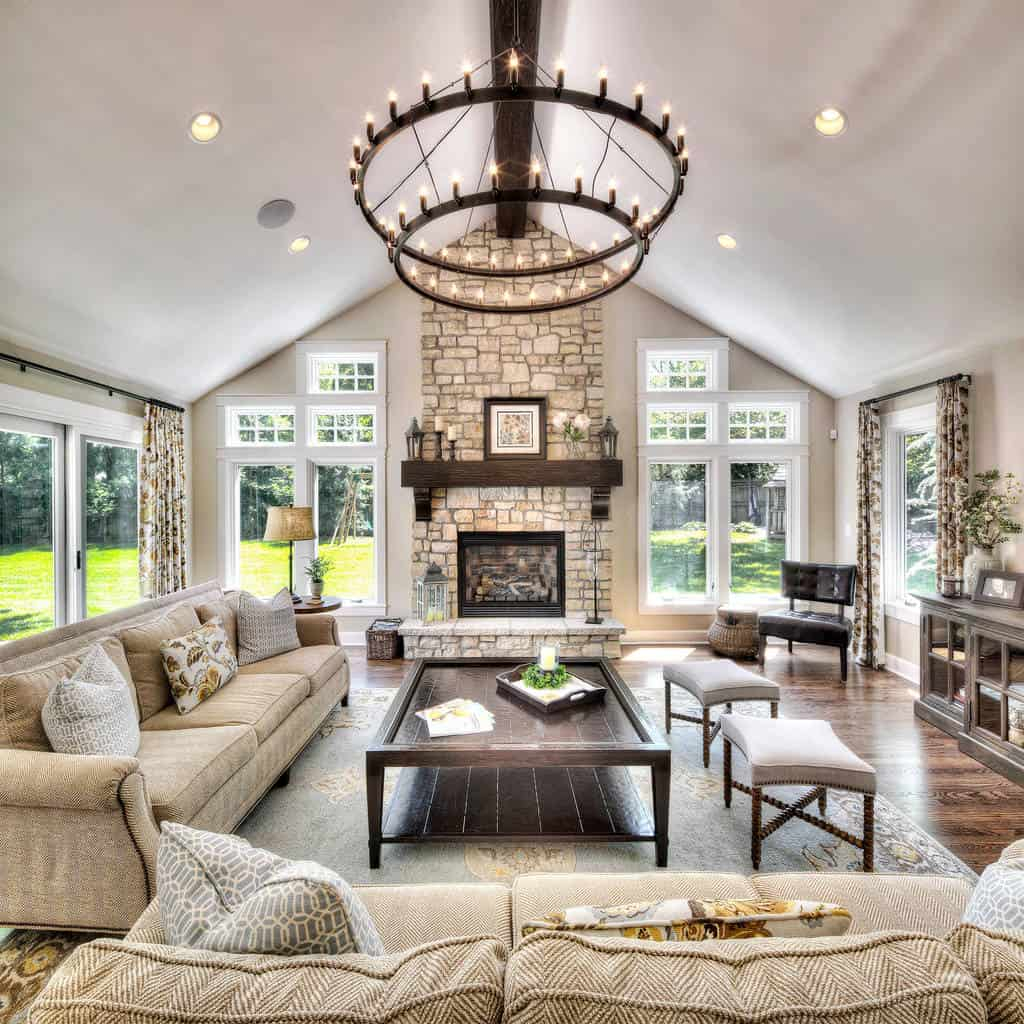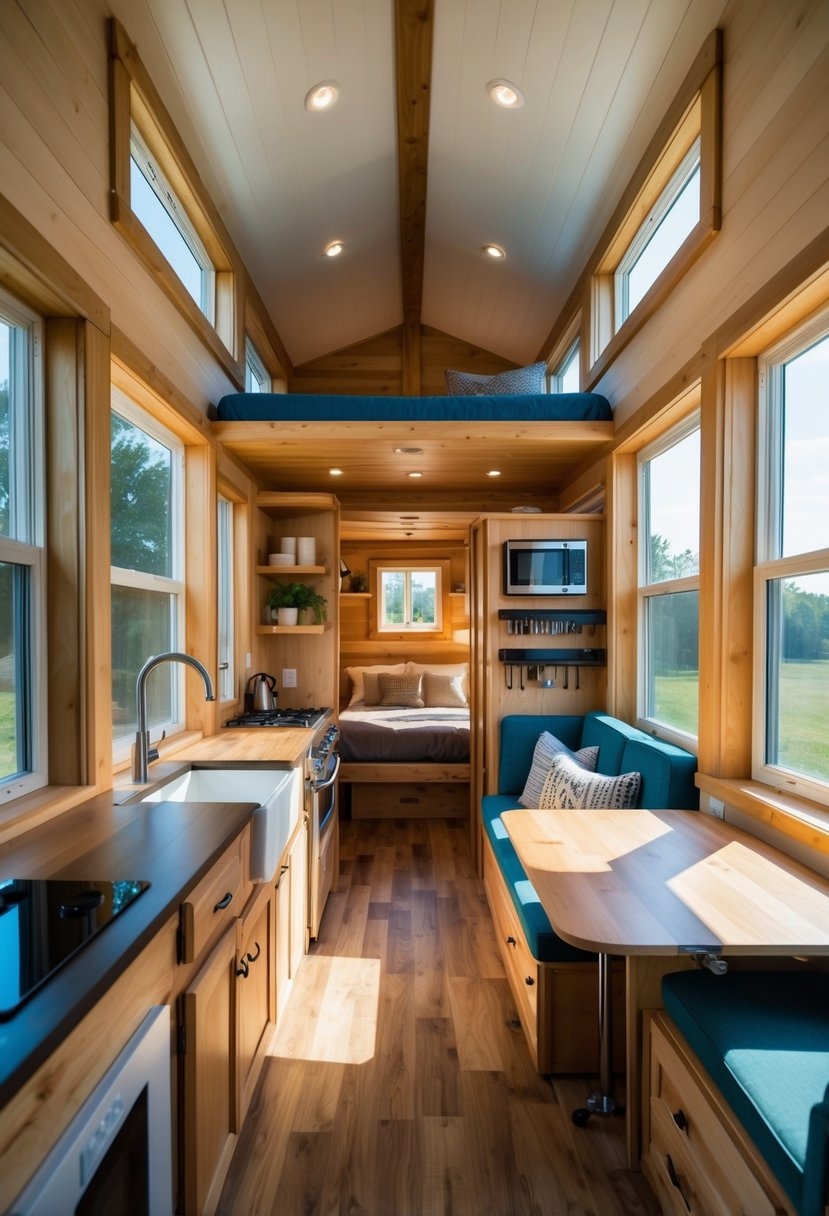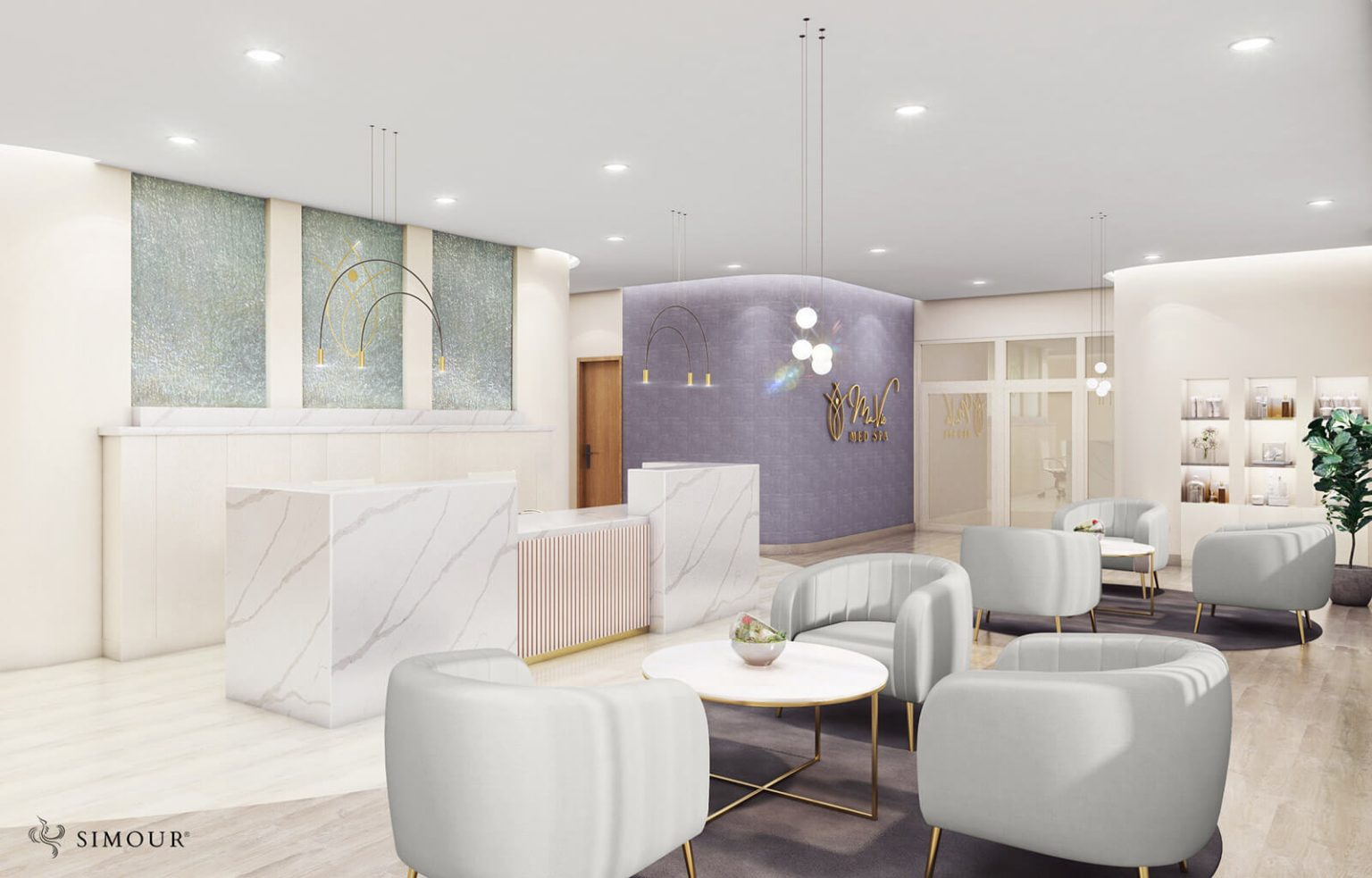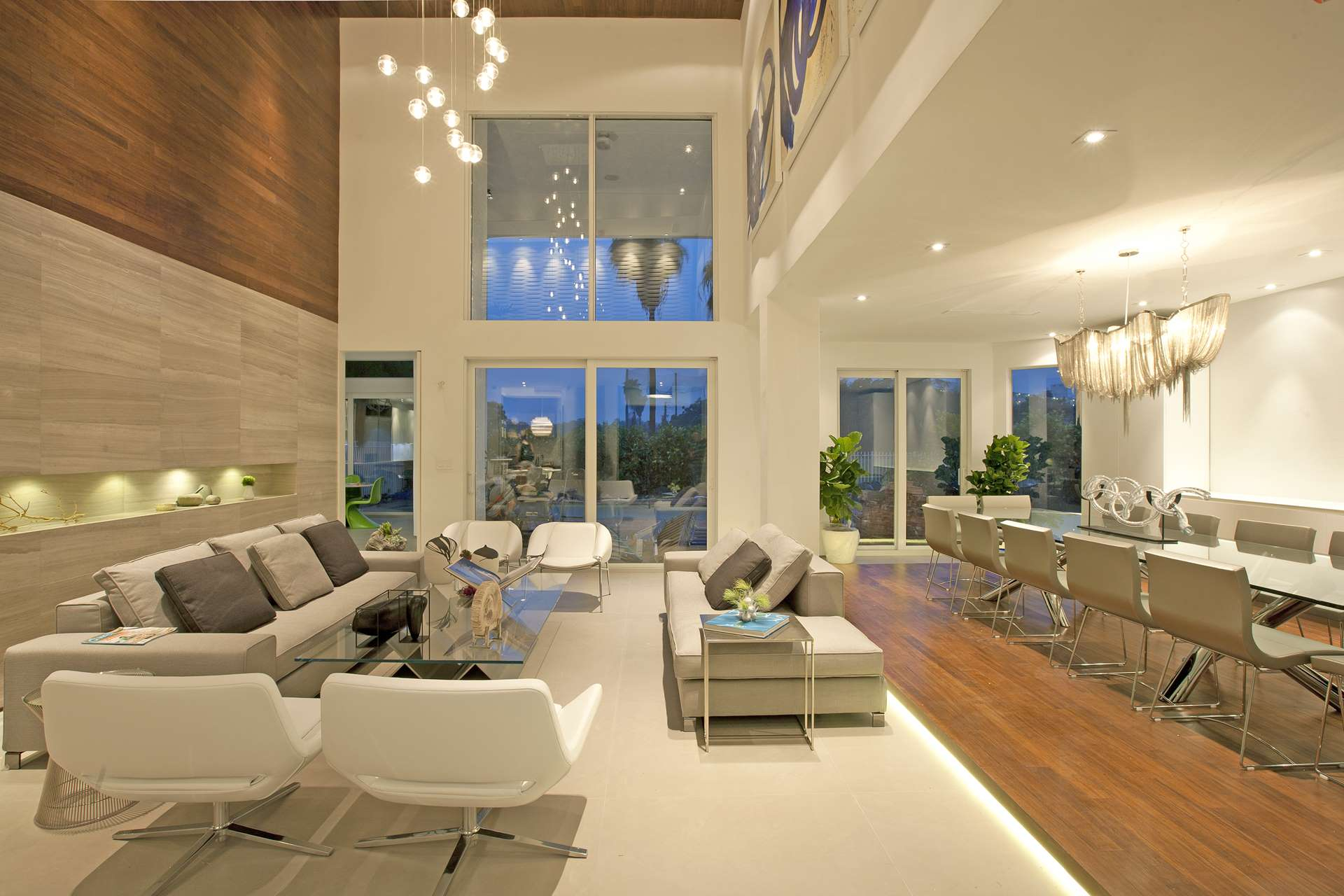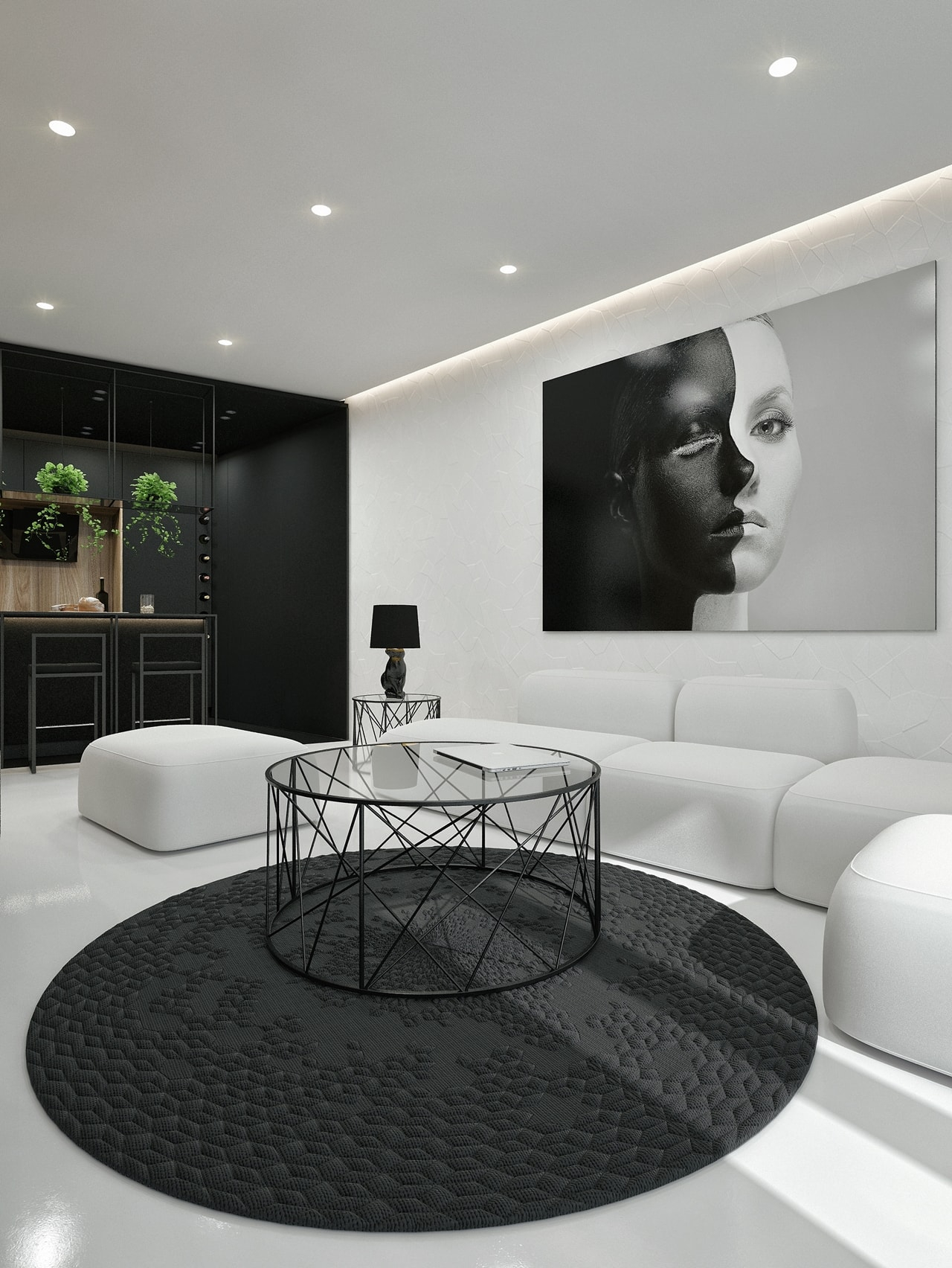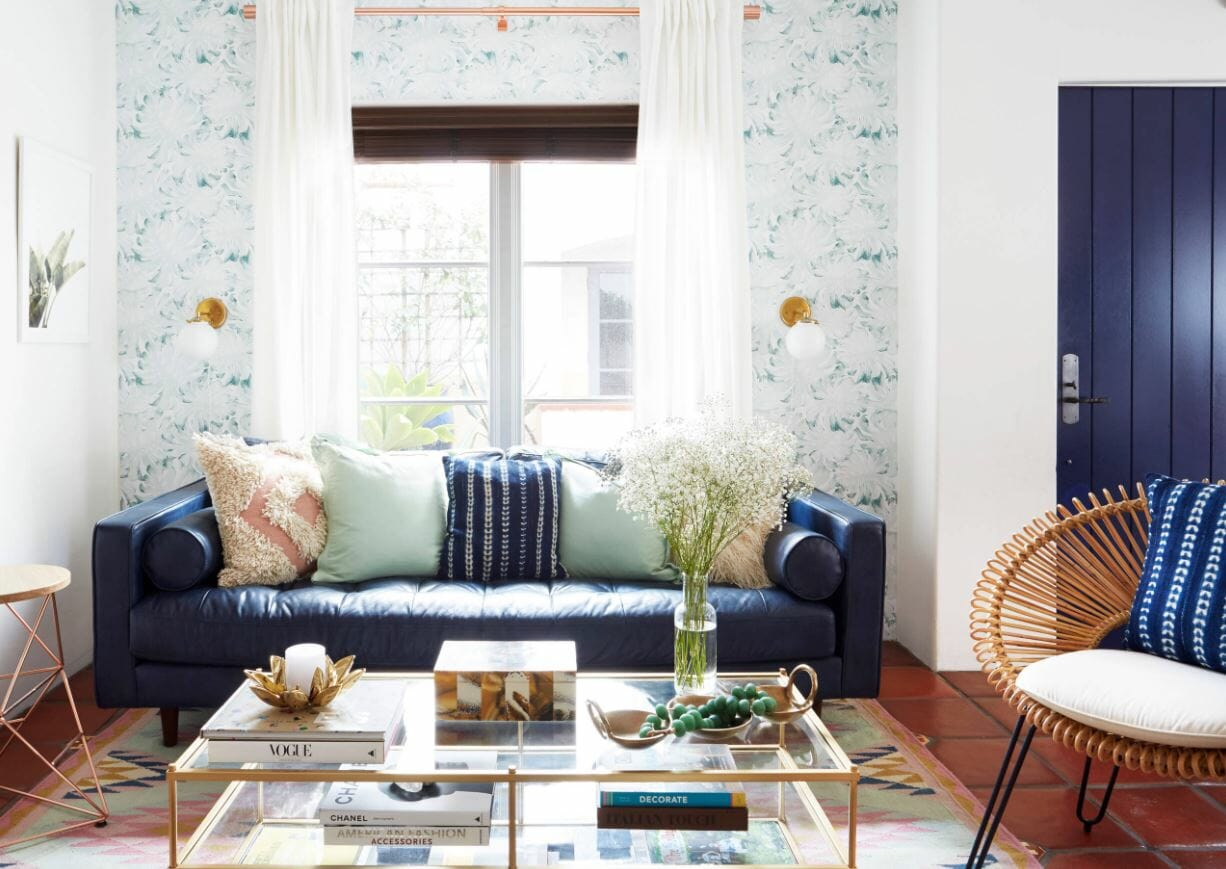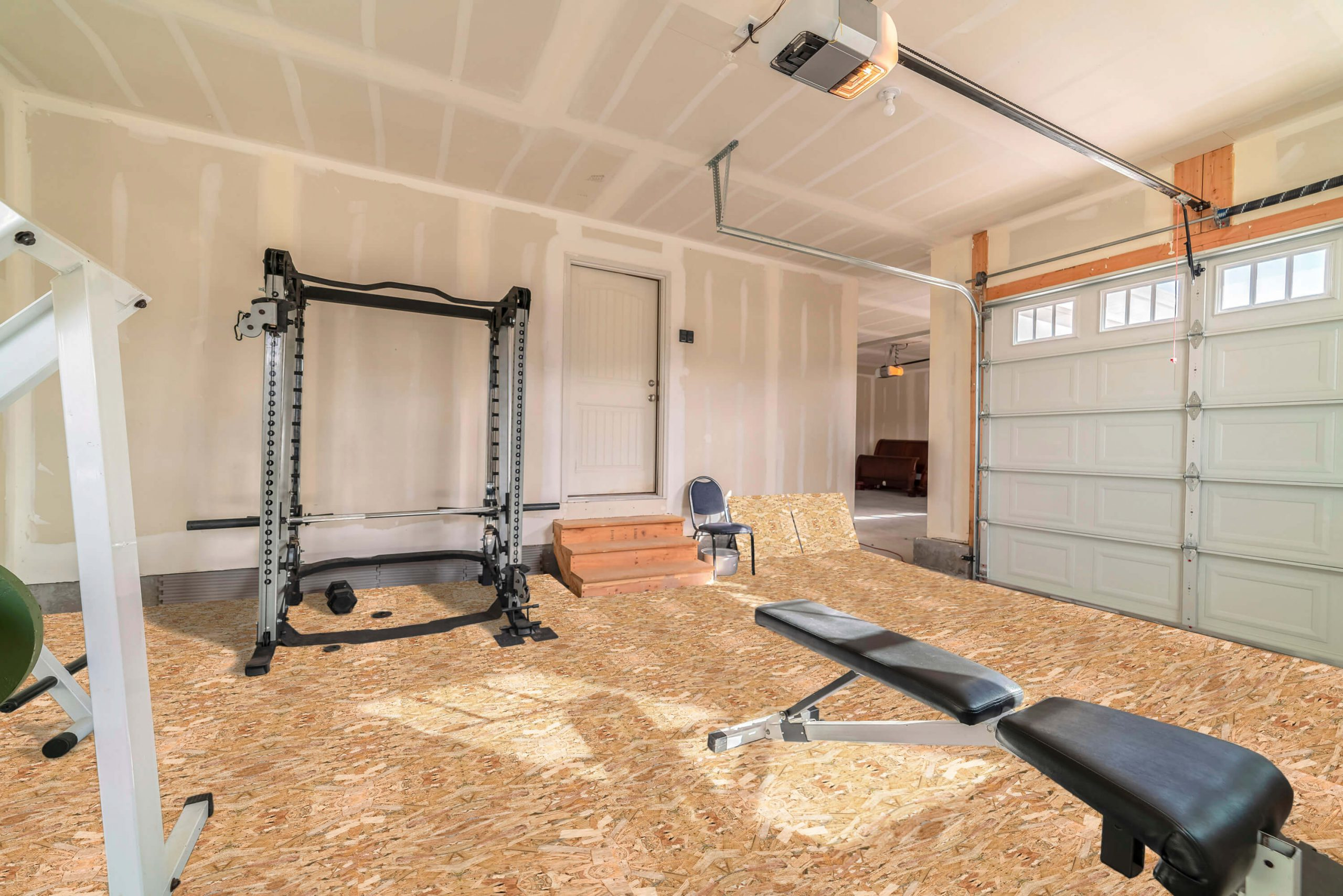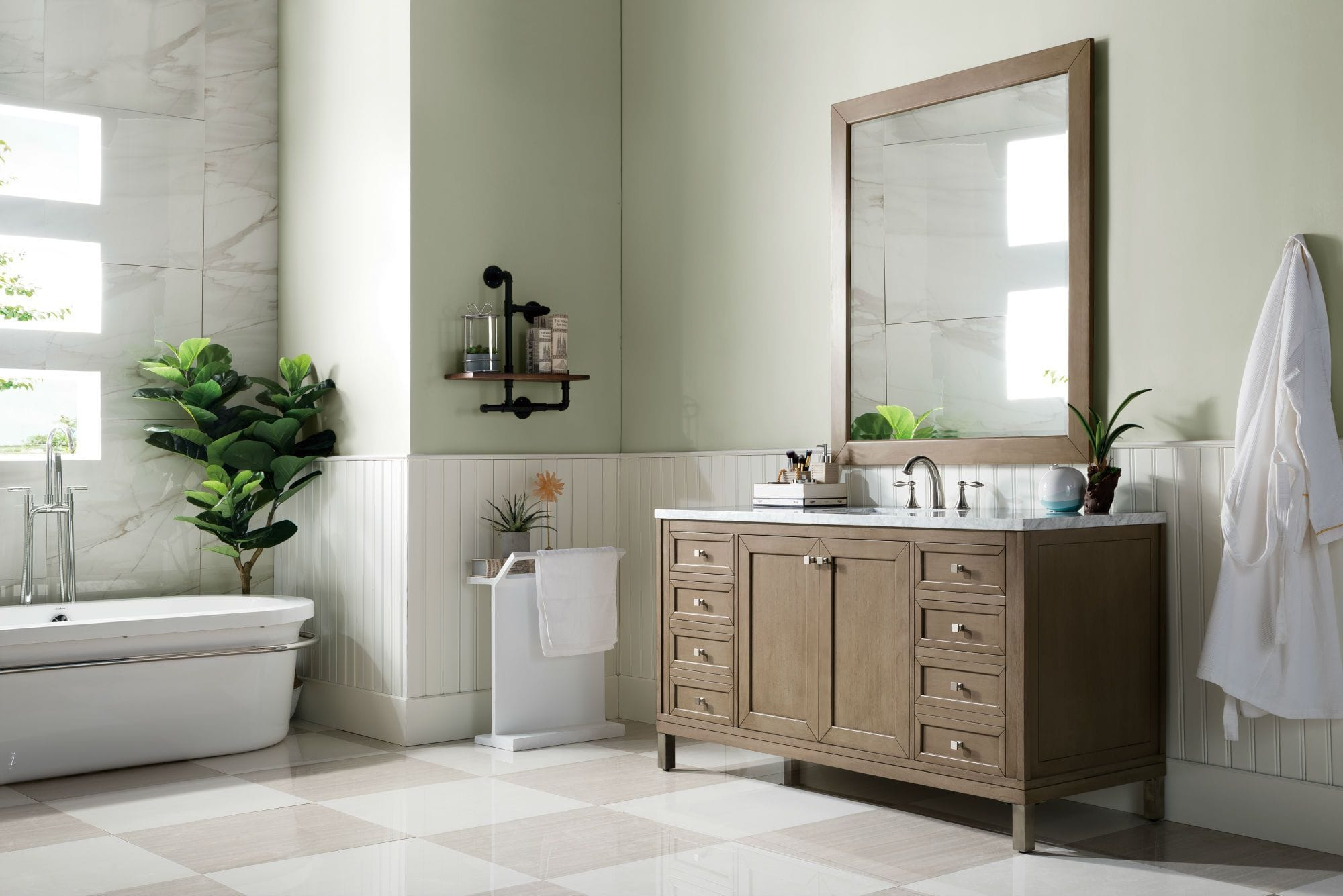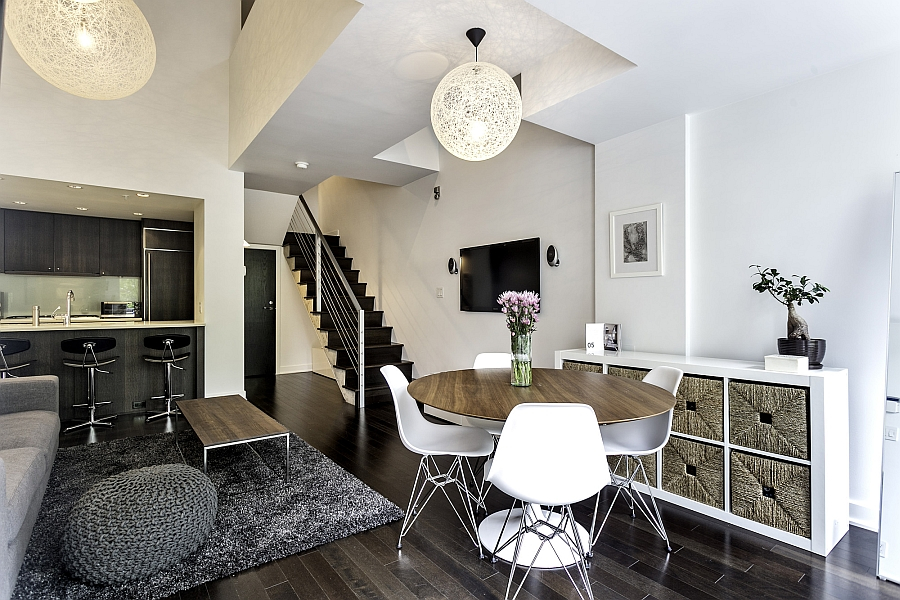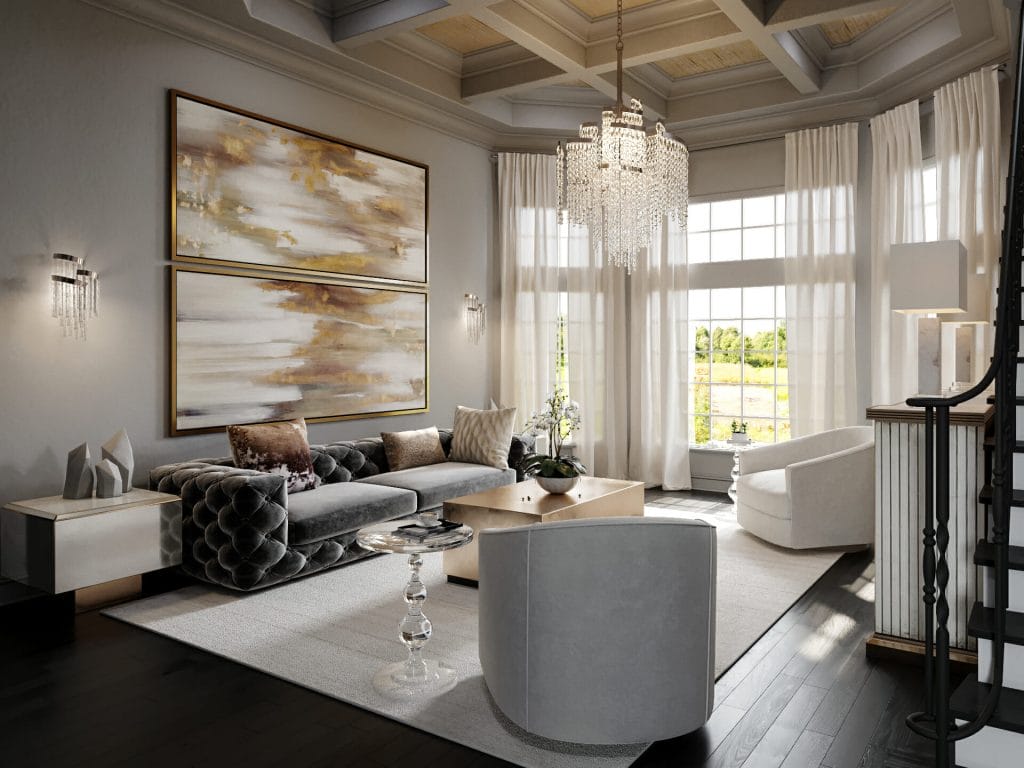In a world that’s constantly chasing the next big trend, there’s something profoundly comforting about stepping into a room that feels, well, traditional. It’s not just about old-fashioned furniture or fussy decorations; there’s a deeper reason these spaces resonate with us. They speak to a sense of history, stability, and a certain kind of curated beauty that never really goes out of style. Let’s unpack what makes these interiors so captivating and why they continue to hold a special place in our hearts and homes.
Ever walked into a room and felt an immediate sense of calm and belonging? Chances are, you were experiencing the magic of traditional interior design. It’s a style that often gets a bad rap, conjuring images of dusty parlors or overly formal settings. But peel back the layers, and you’ll find a design philosophy rooted in comfort, quality, and a deep appreciation for craftsmanship. It’s about creating spaces that feel lived-in, personal, and enduringly elegant. Think of grand manor houses, cozy studies, or even a well-loved family dining room – these are the places where tradition truly shines. But what exactly is it that gives these interiors their lasting allure? It’s more than just aesthetics; it’s about the feeling they evoke.
The Foundation: Quality and Craftsmanship
One of the cornerstones of traditional design is an unwavering commitment to quality. This isn’t about disposable decor; it’s about investing in pieces that are built to last. You’ll often find solid wood furniture, handcrafted details, and natural materials like leather, wool, and cotton. These elements not only look and feel luxurious but also age beautifully, developing a patina over time that adds character. Think of a well-made armchair that’s been passed down through generations. It carries with it stories and a sense of permanence that modern, mass-produced items often lack. This focus on enduring quality creates a sense of solidity and trustworthiness in a space.
Symmetry and Balance: Creating Harmony
Traditional interiors often rely on principles of symmetry and balance to create a sense of order and calm. You might see a fireplace with matching sconces on either side, or a sofa flanked by two identical end tables and lamps. This visual equilibrium is incredibly pleasing to the eye. It creates a feeling of stability and harmony, making a room feel well-composed and inviting. It’s like a perfectly balanced meal – everything is in its right place, and it just works. This isn’t about rigid, stuffy arrangements, though. It’s about creating a pleasing visual flow that makes a room feel comfortably settled.
Rich Color Palettes and Textures
Forget stark minimalism. Traditional design embraces a richer, more layered approach to color and texture. Deep jewel tones, warm earthy hues, and classic neutrals form the basis of many traditional palettes. These colors are often complemented by a variety of textures: the softness of velvet upholstery, the warmth of a patterned rug, the gleam of polished wood, and the subtle sheen of silk drapery. This interplay of colors and textures creates a tactile and visually interesting environment. It’s cozy, it’s inviting, and it encourages you to linger. Imagine sinking into a plush armchair with a good book and a cup of tea – that’s the kind of comfort traditional design aims to achieve.
The Art of Accessorizing: Curated Collections
Traditional interiors are often adorned with carefully chosen accessories that tell a story. These aren’t random trinkets; they are often personal mementos, artwork, books, and decorative objects that have meaning. Think family photographs, antique vases, or a collection of cherished books. These items add personality and depth to a room, making it feel unique and lived-in. It’s about creating vignettes that are both beautiful and meaningful. Instead of a bare shelf, you might find a curated display of porcelain figurines or a stack of vintage travel guides. This thoughtful accessorizing transforms a house into a home, reflecting the lives and tastes of its inhabitants.
Comfort and Livability: The Human Touch
Despite its formal roots, traditional design is fundamentally about comfort and livability. It’s designed for real people to actually use and enjoy. Furniture is often plush and inviting, arranged in conversational groupings that encourage interaction. There’s a sense of welcoming warmth that makes you want to settle in. It’s about creating spaces that feel like a sanctuary, a place where you can truly relax and unwind. Unlike some contemporary styles that can feel a bit sterile, traditional interiors often exude a sense of coziness and genuine hospitality. It’s a design that embraces the human element, making it feel both relatable and aspirational.
Adapting Tradition for the Modern Age
The beauty of traditional design is its adaptability. It doesn’t have to mean replicating a historical period perfectly. Modern interpretations often blend traditional elements with contemporary pieces for a fresh, updated look. You might combine a classic Chesterfield sofa with modern artwork or introduce traditional furniture into a more minimalist setting. The key is to draw inspiration from the principles of quality, balance, and comfort, and to infuse them with your own personal style. It’s about creating a timeless space that feels relevant and reflects who you are today, while still honoring the enduring appeal of classic design. It’s a way to bring a sense of history and soul into our busy, modern lives.
So, why does traditional interior design continue to captivate us? It’s a style that offers a powerful antidote to the fleeting nature of trends. It’s built on a foundation of quality, craftsmanship, and a deep understanding of what makes a space feel truly welcoming and harmonious. From the reassuring symmetry to the rich textures and the personal touch of curated accessories, traditional interiors offer a sense of timeless elegance and profound comfort. They invite us to slow down, to appreciate the lasting beauty of well-made things, and to create spaces that feel like a true reflection of ourselves and our history. It’s a design philosophy that’s not just about how a room looks, but about how it makes you feel – and that, perhaps, is its most enduring appeal.

